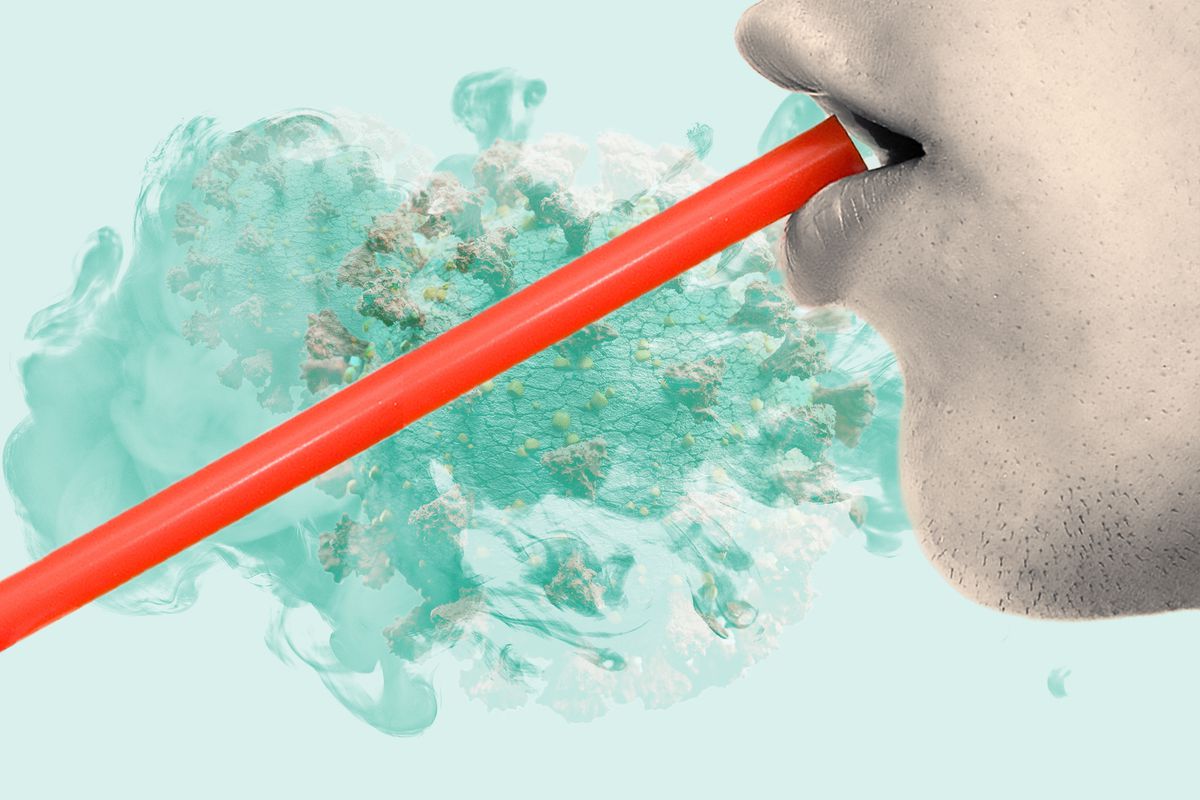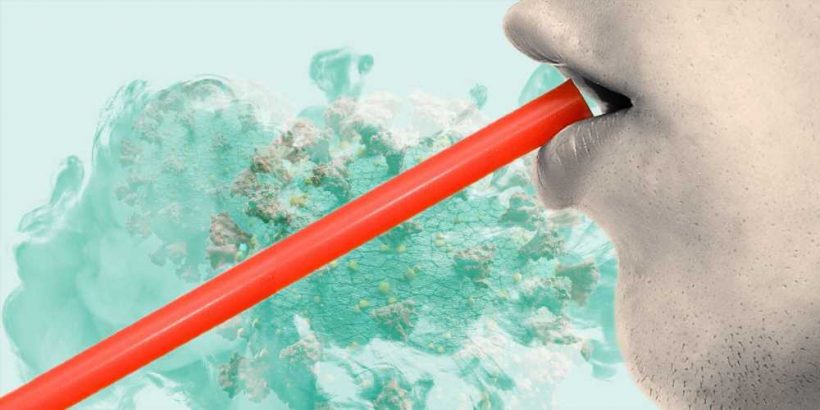

Fact checked on April 15, 2022 by Rich Scherr, a journalist and fact-checker with more than three decades of experience.
A breath test to help detect COVID-19 has been given the green light by the U.S. Food and Drug Administration (FDA), the agency announced Thursday. The test, called the InspectIR COVID-19 Breathalyzer, is the first of its kind and can give results in just three minutes.
The test has been authorized for use in doctor's offices, hospitals, and mobile testing sites using an instrument that's about the size of a piece of carry-on luggage, the FDA said in a press announcement.
"Today's authorization is yet another example of the rapid innovation occurring with diagnostic tests for COVID-19," Jeff Shuren, MD, JD, director of the FDA's Center for Devices and Radiological Health, said in a statement. "The FDA continues to support the development of novel COVID-19 tests with the goal of advancing technologies that can help address the current pandemic and better position the U.S. for the next public health emergency."
There are some caveats with this test, though, including the fact that the FDA recommends people get a backup PCR test if they have a positive result with the InspectIR COVID-19 Breathalyzer test. Here's what you need to know about this first-of-its-kind COVID-19 breath test.
How the InspectIR COVID-19 Breathalyzer Test Works
For the test, patients must breathe into a tube connected to the test kit, according to the InspectIR Systems website. The test takes about three minutes, and may only be performed by a qualified, trained operator, under the supervision of a health care provider.
The test looks for the presence of chemical compounds in your breath that are linked with SARS-CoV-2, the virus that causes COVID-19, the FDA explains. It uses a technique called gas chromatography mass spectrometry (GC-MS) to separate and identify five Volatile Organic Compounds (VOCs) that can show up in your breath when you have COVID-19.
When you have these markers in your breath, the machine will give what the FDA calls a "presumptive (unconfirmed) positive test result." That should then be confirmed with a PCR test, which is considered the gold standard of COVID-19 testing.
But getting a negative test result doesn't mean you're in the clear, either. "Negative results should be considered in the context of a patient's recent exposures, history, and the presence of clinical signs and symptoms consistent with COVID-19, as they do not rule out SARS-CoV-2 infection and should not be used as the sole basis for treatment or patient management decisions, including infection control decisions," the FDA says.
InspectIR plans to create 100 breathalyzers a week, and each can be used to evaluate about 160 samples a day. That will bring the testing capacity of the InspectIR COVID-19 Breathalyzer to about 64,000 samples a month.
Who Will Benefit Most From the Breath Test?
Though a positive result from the breathalyzer tests requires additional confirmation through a PCR test, the breath test still has utility. "People can be screened soon after they arrive at the doctor's office," Thomas Russo, MD, professor and chief of infectious disease at the University at Buffalo in New York, told Health. "And if someone tests positive, they probably should not be in the office where they can infect others or should at least be wearing a mask."
A rapid test like this could also encourage people to take their symptoms more seriously and actually quarantine while they wait for their official test results instead of going about their normal lives where they could expose others, according to Dr. Russo.
And, if someone is considered high risk for developing a severe form of COVID-19, it could increase the odds they'll quickly get on a medication like Paxlovid to lower the risk their condition will become more serious. "The main benefit is early detection if someone is high risk," said Dr. Russo.
Still, the lower testing capacity of the breathalyzer tests hinders the extent to which tests can be used. "At 160 tests per day, it can't be used at a concert or big athletic event," William Schaffner, MD, an infectious disease specialist and professor at the Vanderbilt University School of Medicine, told Health. "It could be used in a restaurant—but you'd need to have a doctor to administer it—and maybe in a doctor's office. You'd need to use it someplace where you have a steady flow of people that need to be tested, but not an avalanche."
There's also the need for training associated with these machines, and a lack of information on how much they cost. "I love that there are people out there hustling and bustling and trying to create new diagnostic tests, vaccines, therapies—anything to help us cope," said Dr. Schaffner. "I'm just not sure where this fits in just yet."
Accuracy Compared to Other COVID-19 Tests
In a study of 2,409 people that included patients with and without symptoms of COVID-19, the InspectIR COVID-19 Breathalyzer correctly identified positive samples 91.2% of the time. It also accurately detected negative cases 99.3% of the time. The test had similar results during a follow-up clinical study that was done when Omicron was the dominant variant circulating.
The efficacy of the breath test is "pretty good," said Dr. Russo. Other rapid tests, including at-home antigen tests, show similar levels of efficacy to the InspectIR COVID-19 Breathalyzer, although they vary by brand.
Regarding some of the more common at-home tests: The BinaxNOW test reportedly detects 84.6% of positive COVID-19 cases and 98.5% of negative cases; Ellume reports 96% accuracy in detecting symptomatic cases of COVID-19 and 91% accuracy in detecting asymptomatic cases for its test; InteliSwab said its test identified 84% of positive samples in clinical trials and 98% of negative samples; and QuickVue says its test picks up 83.5% of positive cases and 99.2% of negative cases.
Still, laboratory tests, like PCR tests, are considered the most accurate tests for detecting active SARS-CoV-2 infections. It's why they're also used to confirm the results of tests with lower sensitivity, like at-home antigen tests and the newest breath test. "PCR sensitivity is higher earlier in the course of infection," said Dr. Russo. "It is still presently considered the most sensitive and specific test."
Overall, having another test able to detect active COVID-19 infections is a positive for the pandemic. The more options people have to detect COVID-19 at an early stage, the better opportunity of managing disease spread, according to Dr. Russo. "That can help both the individuals and the people around them," he added.
The information in this story is accurate as of press time. However, as the situation surrounding COVID-19 continues to evolve, it's possible that some data have changed since publication. While Health is trying to keep our stories as up-to-date as possible, we also encourage readers to stay informed on news and recommendations for their own communities by using the CDC, WHO, and their local public health department as resources.
Source: Read Full Article






